By 2025, video games are no longer a “niche pastime” but one of the most influential cultural industries in the world. PlayStation 5 and Xbox Series X|S dominate living rooms, while their successors are already in development. Looking back, we now stand at a pivotal moment: the history of home consoles is not just a tale of technical progress, but a sweeping epic of innovation, rivalry, and human imagination.
Few realize just how immense the industry has become. In 2019, the global games market generated about US$152.1 billion in revenue, while the global box office reached around US$42.5 billion — the gaming market was nearly 3.6 times larger. By 2025, the gap has only widened. Gaming is no longer simply entertainment: it has become a platform for social interaction, art, education, and a major driver of the digital economy.
As someone who has been playing since the Famicom era, I hold deep respect for this history. It shaped my childhood memories while also witnessing the rise of digital culture in China and across the globe. Today, let’s retrace the journey of the home console — from a humble TV accessory to a cultural engine that touches billions of lives.
I. The Arcade Era: Origins of Video Games
The roots of game consoles trace back to the early 20th century arcade machines found in bars, malls, and amusement halls. The earliest versions were mechanical: coin-operated contraptions that played music or powered pinball games.
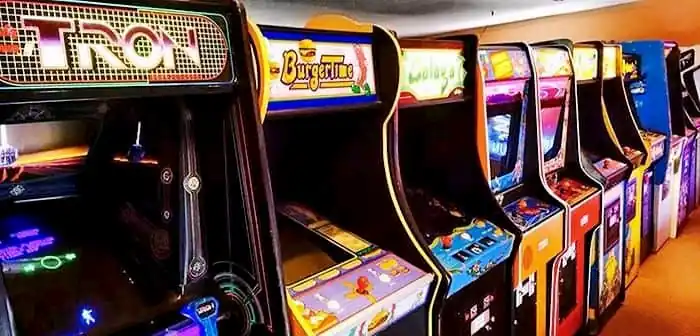
In 1972, Atari’s Pong exploded in arcades. Its simple “table tennis” gameplay captured the public imagination and lit a spark for electronic entertainment. That same year, American electronics company Magnavox released the world’s first home console — the Magnavox Odyssey. Priced at $100, it could only play a handful of primitive games, including a version of Pong, but it established a paradigm that would define the industry:
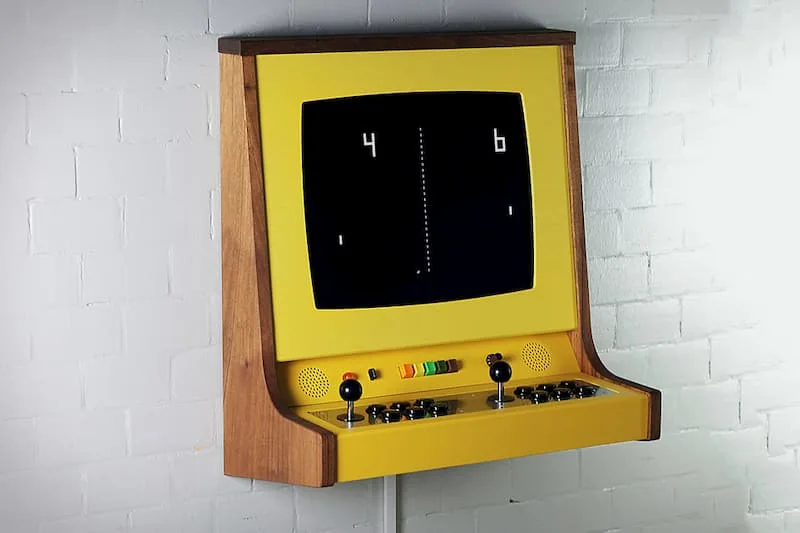
Game console + Television = Family entertainment center.
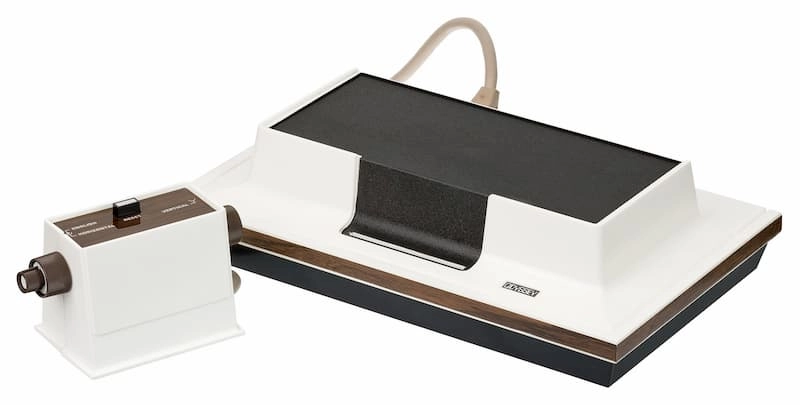
II. Atari 2600: The Cartridge Revolution
In 1977, Atari launched the Atari 2600, the first truly modern console. Powered by a Motorola 6502 processor, it introduced interchangeable game cartridges — freeing players from being locked into one game and creating space for third-party developers.
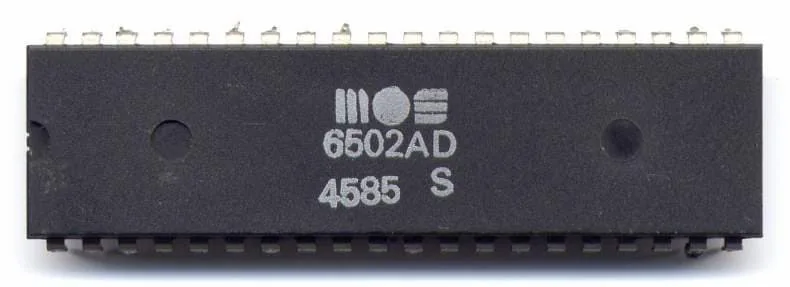
Classics such as Space Invaders and Pac-Man drove sales past 10 million units. More importantly, the Atari 2600 proved that the value of consoles lay in the ecosystem: the hardware was merely an entry point, while software and developer support became the true lifeblood.
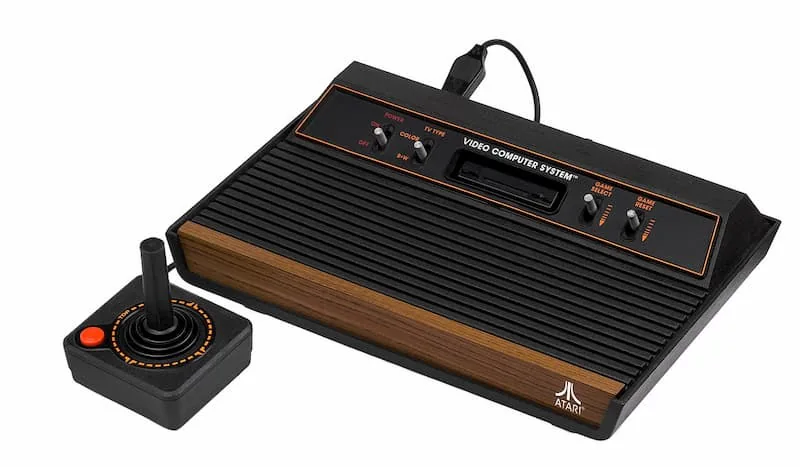
Interestingly, before founding Apple, Steve Jobs worked at Atari. His exposure to the 6502 microprocessor there would inspire him to envision the personal computer revolution. Thus, Atari’s influence extended far beyond gaming.
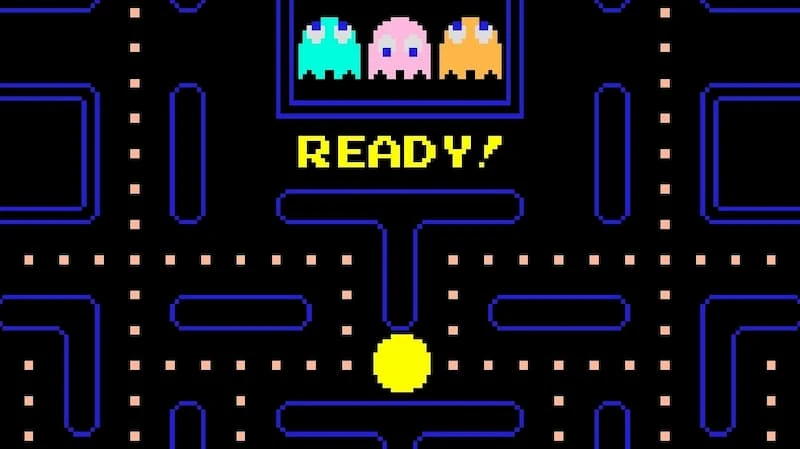
III. Sega SG-1000: Japan Awakens
In the following years, integrated circuit chips developed rapidly, and personal microcomputers became increasingly powerful. In 1981, a groundbreaking event took place: IBM launched an open-standard microcomputer and outsourced its operating system, DOS, to a then little-known company called Microsoft.
From that point on, IBM-compatible PCs became the dominant home computers. Since computers could also run games—and offered more memory and faster processors than game consoles—they significantly outperformed consoles, dealing a major blow to the gaming machine industry. Around 1982, the arcade market began to decline rapidly, shrinking at an unprecedented pace.
During this period, most American arcade companies went out of business. One such company, SEGA, could not survive either. Before closing, it sold its Japanese division to the local management team, transforming SEGA into a Japanese company.
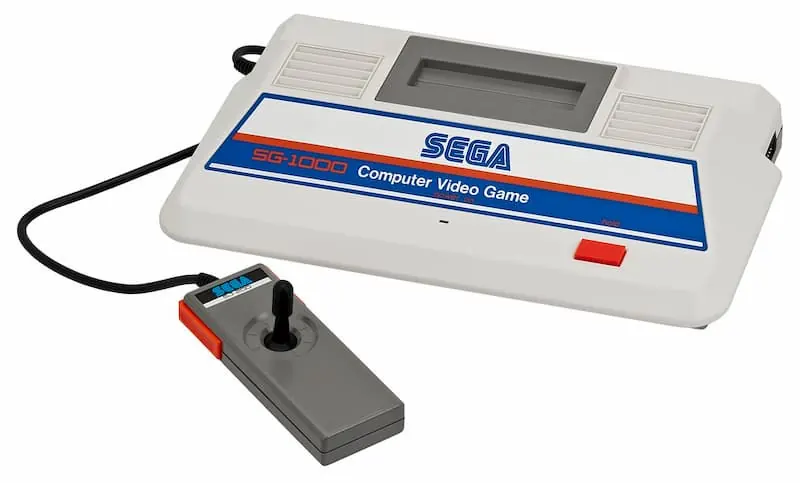
SEGA’s Japanese division decided to “make the best of a bad situation” and launched a home video game console to test the market. This was the SG-1000. Released in 1983, this console could not play external cartridges and was limited to ports of SEGA’s arcade games.
SEGA didn’t have high expectations for this console, but unexpectedly, it sold 160,000 units in Japan in 1983 alone, far exceeding projections. This success strengthened SEGA’s determination to continue developing home video game consoles. At the same time, it marked the first home console developed by a Japanese company, shifting the center of the video game industry to Japan.
IV. Nintendo’s Rise: From Playing Cards to Global Empire
Although the SEGA SG-1000 was successful, it was not enough to reverse the declining trend in the video game market caused by the arcade slump. The first major boom of home video game consoles was created by a company with no prior connection to video games: Nintendo.
Founded in 1889 in Kyoto, Japan, Nintendo originally operated as a small shop producing playing cards. After the 1950s, the third-generation successor, Hiroshi Yamauchi, took over. It is said that when he visited the largest playing card company in the United States, he was disappointed to see it was nothing more than a few small buildings. He thought to himself that even if the playing card industry became number one in the world, it wouldn’t amount to much, and decided to transform the company.
Yamauchi tried many ventures, including taxi services, hotels, and food processing, all of which failed. Eventually, Nintendo entered the toy industry, producing simple electronic toys, but continued to struggle with losses.

However, due to its involvement in electronic toys, Nintendo became the Japanese distributor of the “Magnavox Odyssey” console in 1974. Seeing the potential profitability of video games, Hiroshi Yamauchi began developing his own version of the Magnavox Odyssey in 1977.
Since a cloned console required its own games, Yamauchi hired Shigeru Miyamoto, who was still a college student at the time, as an apprentice at the company. Little did anyone know that he would later become one of the world’s most famous video game designers.
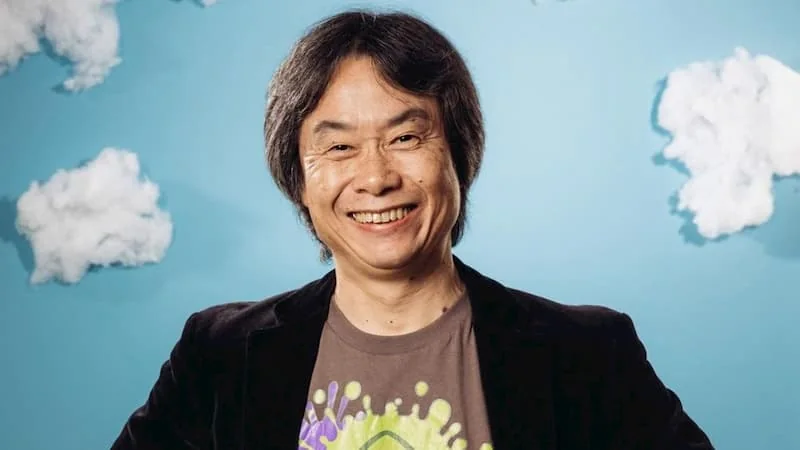
One of Shigeru Miyamoto’s earliest and most important works was Donkey Kong in 1981. The game was extremely popular and was ported to multiple platforms, including arcade machines and the Atari 2600, bringing enormous profits to Nintendo. This success strengthened Nintendo’s determination to develop fully self-designed video game consoles.
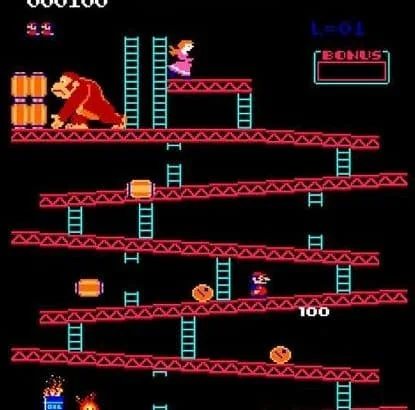
In 1983, Nintendo finally released its own video game console. Interestingly, Nintendo’s original idea was to develop a home computer for the Japanese market, where games would be played as software on the computer. The project was therefore named Family Computer (abbreviated as Famicom or FC). Later, the company realized that a home computer would be too expensive for the Japanese market. They decided to simplify the design, turning it into a dedicated game console by removing the keyboard, floppy drive, and hard drive, leaving only an expansion slot for game cartridges. Removing the keyboard and disks also made the machine more accessible to non-technical users. However, the project name remained the same—the console was still called Family Computer.
The console sold very well in Japan. By the end of 1984, 2.5 million units had been sold, easily surpassing SEGA’s SG-1000 and capturing 90% of the Japanese home console market. But to achieve true success, Nintendo also needed to succeed in the U.S. market. Lacking international experience, the company faced many challenges but finally launched the console in the United States in 1985. Designers specially created a futuristic red-and-white color scheme, which is why the Famicom later became known as the “Red and White Console.”
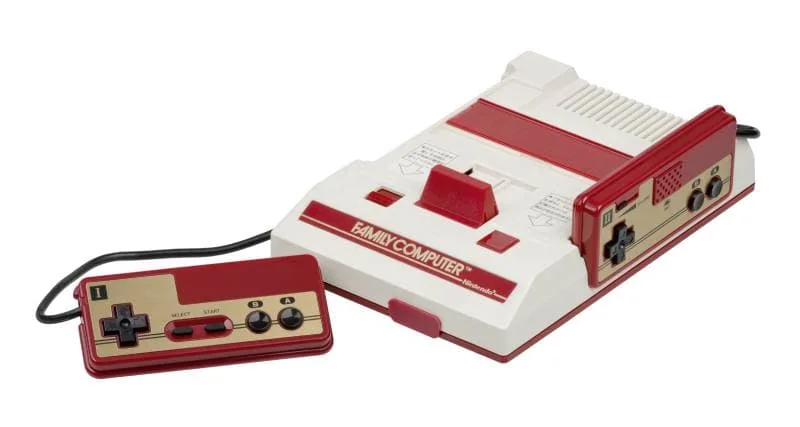
The Famicom console was a massive success, remaining on the market for over 20 years and selling more than 60 million units worldwide. One of the main reasons for its popularity was Nintendo’s development of numerous high-quality original games for the system, such as Mario Bros. and The Legend of Zelda, which remain iconic to this day. Nintendo also licensed third-party developers to create games, encouraging more and more companies to invest resources in developing original titles.
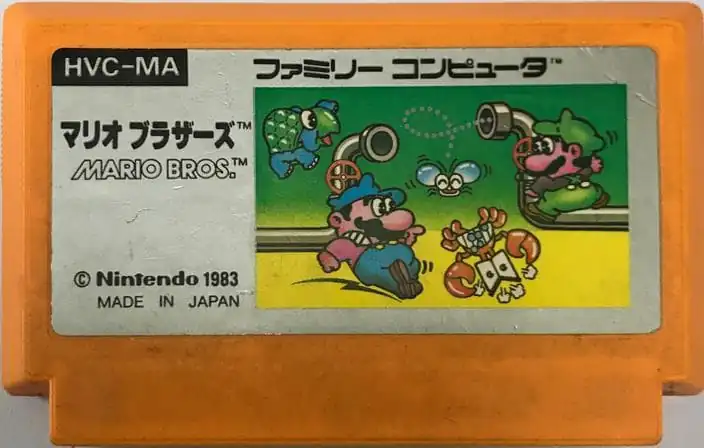
V. The 16-Bit Console War: Sega vs. Nintendo
The common feature of consoles like the Atari 2600, SG-1000, and Famicom was that their CPUs were all 8-bit, meaning they could process only 8 binary bits at a time and could not handle complex calculations. Their maximum memory was just 64 KB, limiting them to relatively simple games. As a result, after 8-bit consoles achieved market success, SEGA and Nintendo immediately began preparing to develop 16-bit consoles.
SEGA’s 16-bit console was the Sega Genesis, which was first released in Japan in 1988 and launched in the United States the following year.
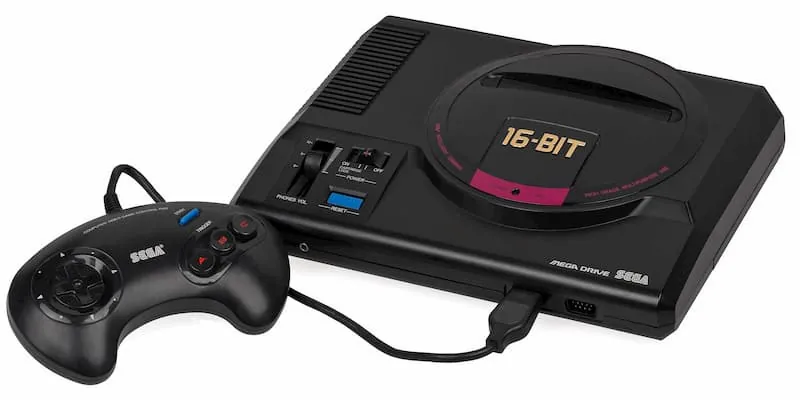
To compete with Nintendo’s Mario Bros., SEGA specially created a new game called Sonic the Hedgehog, which was released alongside the console. Later, Sonic became SEGA’s iconic mascot.
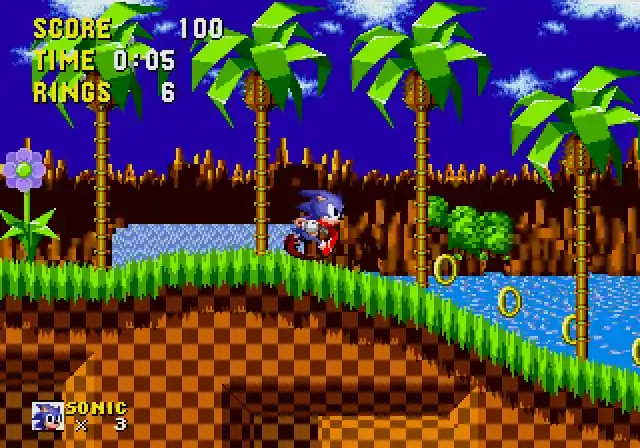
Nintendo’s 16-bit console, the Super Nintendo Entertainment System (SNES), was released in 1990. Overall, 16-bit consoles were not a major breakthrough but rather an enhancement of 8-bit machines. In contrast, Nintendo’s first handheld console, the Game Boy, released in 1989, holds greater historical significance.
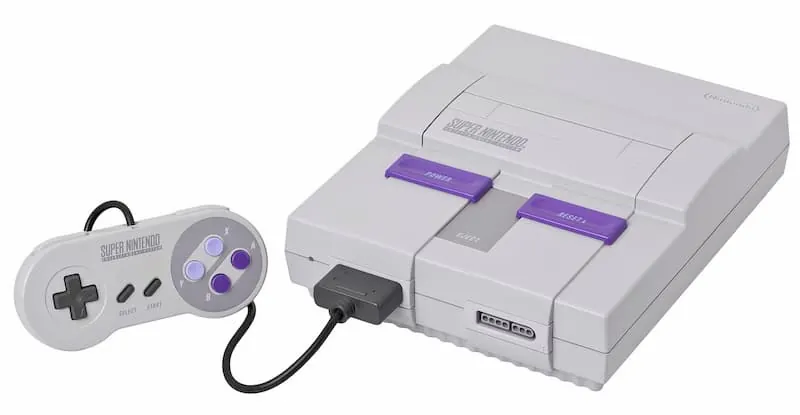
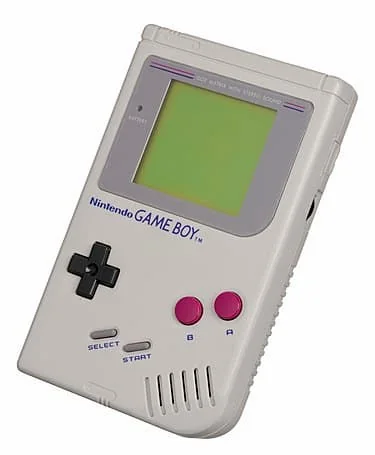
By the late 1980s, 8-bit consoles were giving way to more powerful 16-bit systems. Sega launched the Genesis (or Mega Drive in Japan) in 1988, promoting its “faster, stronger” hardware and new mascot, Sonic the Hedgehog, as a rival to Mario.
Nintendo answered in 1990 with the Super Nintendo Entertainment System (SNES), boasting superior graphics and sound. The resulting “16-bit war” became one of gaming’s most legendary rivalries. While the SNES ultimately outsold the Genesis, Sega had cemented its place in gaming history.
Meanwhile, Nintendo also released the Game Boy in 1989. Despite limited specs, it dominated the handheld market thanks to Tetris and later Pokémon, selling over 110 million units — making it one of the most successful consoles of all time.
VI. Sony PlayStation: CDs Reshape the Industry
The next major peak in home video game consoles was created by a company with no prior connection to the gaming industry: Sony.
Initially, Sony had no plans to enter the gaming business. It had no experience with gaming products, either hardware or software. The company was focused solely on developing its optical disc technology. Since the Super Nintendo used game cartridges, Sony aimed to create an add-on with a CD drive, which they called the PlayStation.
This add-on was placed beneath the console, allowing it to read CDs. Compared to cartridges, CDs had much greater storage capacity, enabling a leap from 2D games to 3D games. Interestingly, the name PlayStation didn’t refer to “playing” games; rather, “Play” meant playing discs. The device was originally designed simply to allow the console to read CDs.
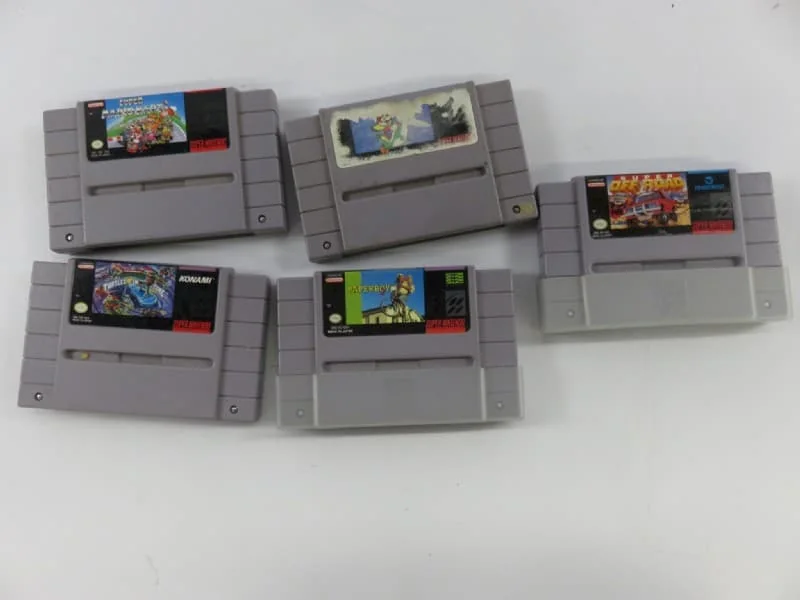
At the time, Sony had already reached an agreement with Nintendo and even publicly announced it, going so far as to produce a prototype of the add-on. However, Nintendo later changed its mind and refused to allow Sony to manufacture the device, fearing that third-party games could simply be made compatible with Sony’s CD drive, causing consumers to stop buying Nintendo cartridges. After being rejected, Sony turned to SEGA, hoping the company would adopt their CD drive, but SEGA also declined.
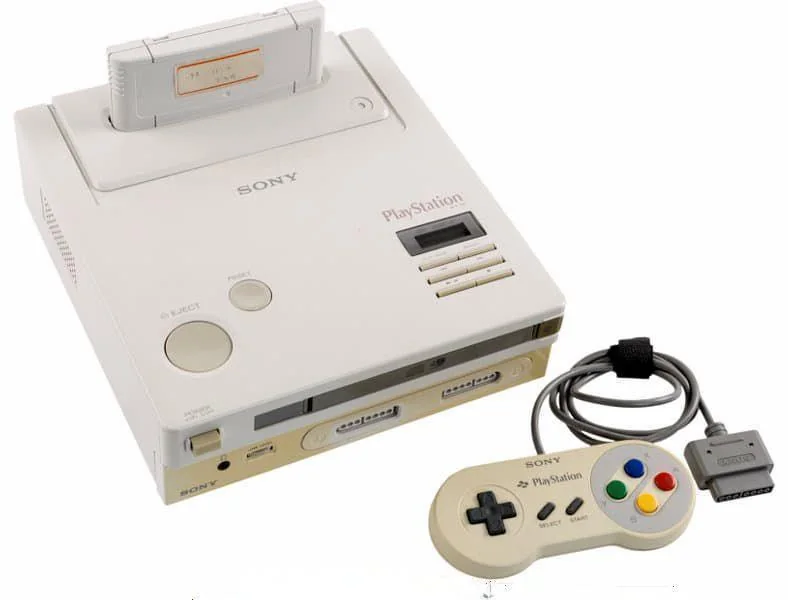
In the end, Sony decided to take a gamble and release the PlayStation as a standalone CD-based game console. The first-generation PlayStation was launched in December 1994 in Japan and the following year in North America. The second-generation PlayStation 2 was released in 2000.
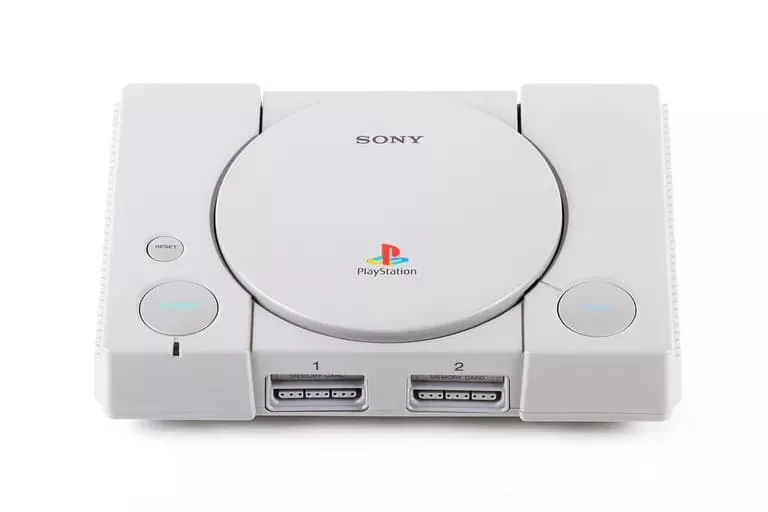
It was a monumental success, selling over 102 million units. Developers flocked to the platform, producing cinematic masterpieces like Final Fantasy VII and Tomb Raider. Sony doubled down with the PlayStation 2 in 2000 — which sold a record-breaking 155 million units, still the highest in console history.
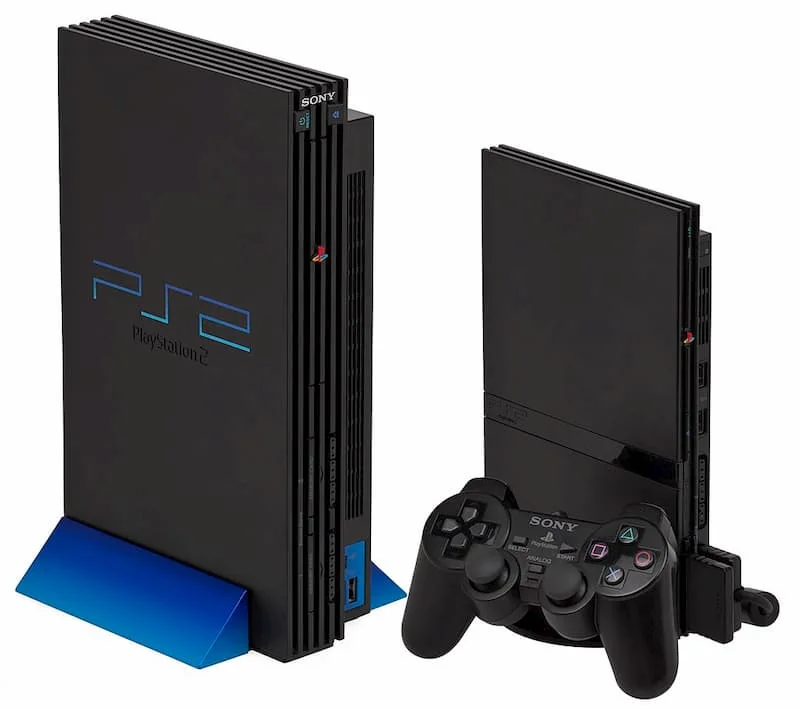
Sony’s open ecosystem and technological foresight dethroned Nintendo, crowning a new console king.
VII. Sega’s Fall: The Dreamcast’s Tragic End
SEGA and Nintendo continued to focus on upgrading their consoles, but unfortunately, both failed.
At the end of 1994, SEGA released the 32-bit Sega Saturn, which featured two CPUs and represented a significant performance breakthrough. The Sega Saturn was priced at $399 in North America, while the first-generation PlayStation, released shortly afterward, cost only $299. As a result, the Sega Saturn sold poorly, with sales far below those of its predecessor, the Sega Genesis.
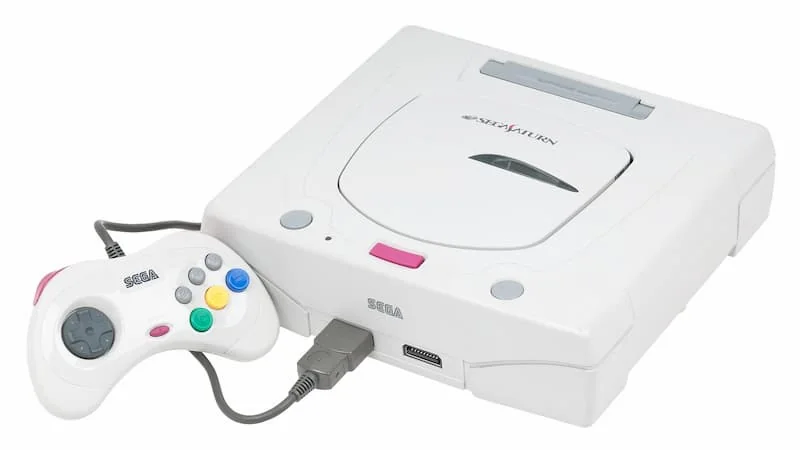
The first-generation PlayStation was released in North America slightly later than the Sega Saturn, and as late as the day before the press conference, the price had not been finalized. At the time, there were two options: price it the same as the Sega Saturn at $399, or take a bold gamble and set it at $299 to attract consumers with a lower price. Sony ultimately chose $299, which proved to be the key factor in defeating SEGA.
The $299 price point meant that Sony would incur losses on the hardware, relying on game sales for profit. However, Sony had no internal game development department, so the best-selling PlayStation games were all created by external developers—for example, Final Fantasy by Square and Tomb Raider by Core Design. To ensure profitability, Sony began acquiring third-party game developers, a strategy that continues to this day.
After being defeated by the PlayStation, SEGA never recovered. Its subsequent console, the Dreamcast, sold even worse, resulting in three consecutive years of losses, eventually forcing SEGA to exit the hardware business and focus solely on game development and publishing.
VIII. Nintendo’s Reinvention: Thinking Differently
In 1996, Nintendo released the 64-bit Nintendo 64 console, the world’s first 64-bit gaming system. It was launched alongside new games such as Super Mario 64 and The Legend of Zelda: Ocarina of Time. The console was priced at $199, matching the summer price drops of the Sega Saturn and the first-generation PlayStation, which had also fallen to $199.
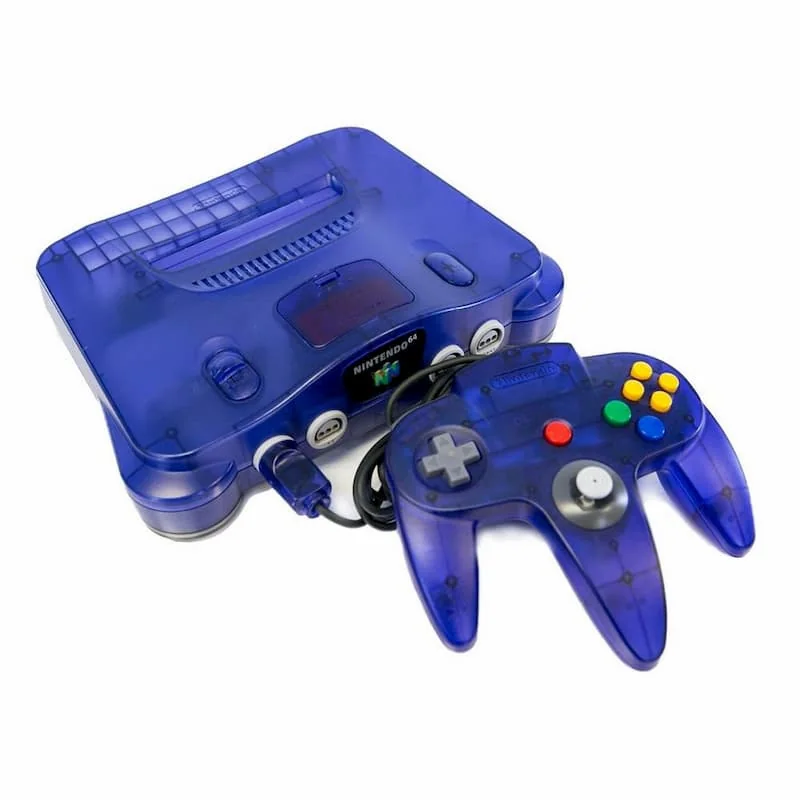
The fatal flaw of the Nintendo 64 was its use of game cartridges, which had a maximum capacity of only 64 MB. This limited the size of games and significantly restricted their audio-visual performance. In contrast, the Sega Saturn and first-generation PlayStation used CDs with a maximum capacity of 650 MB. Some third-party developers initially planned to create major titles for the Nintendo 64 but later switched to the PlayStation, citing the limited storage of N64 cartridges. As a result, the Nintendo 64 had relatively fewer playable games.
This limited capacity alienated third-party studios, pushing iconic franchises like Final Fantasy to PlayStation. Sales stalled at 33 million units.
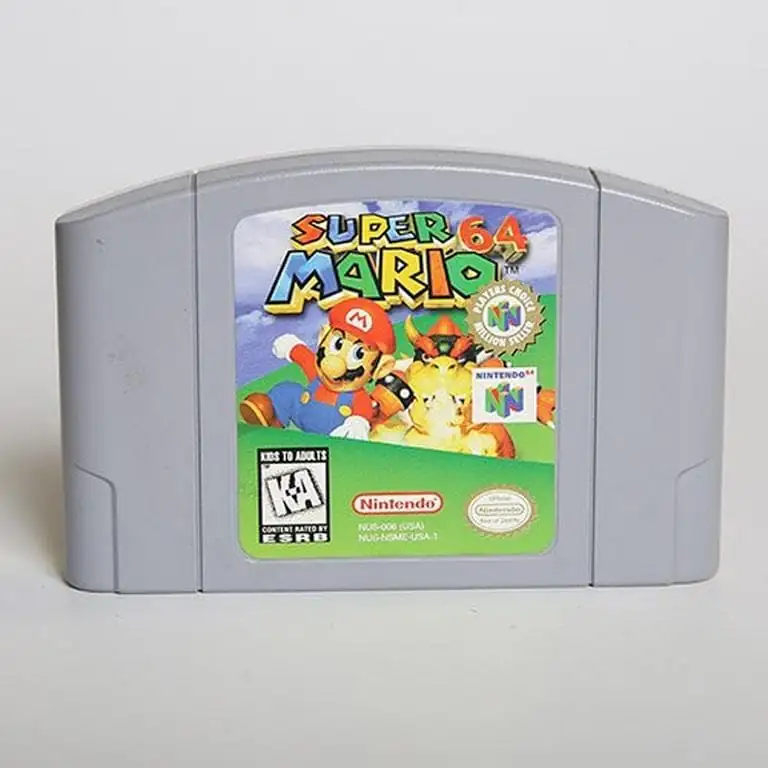
Although the Nintendo 64 featured a 64-bit CPU, which was Nintendo’s main selling point, CPU bit length beyond 32 bits was no longer the primary performance bottleneck for game consoles. Game performance depended more on other factors, such as CPU clock speed, GPU performance, memory size, and latency. As a result, the Nintendo 64’s performance did not surpass that of other contemporary consoles.
The Nintendo 64 did not sell well and even failed to outsell the Sega Saturn, delivering a heavy blow to Nintendo and ultimately leading the company to abandon the market for large-scale, high-capacity games.
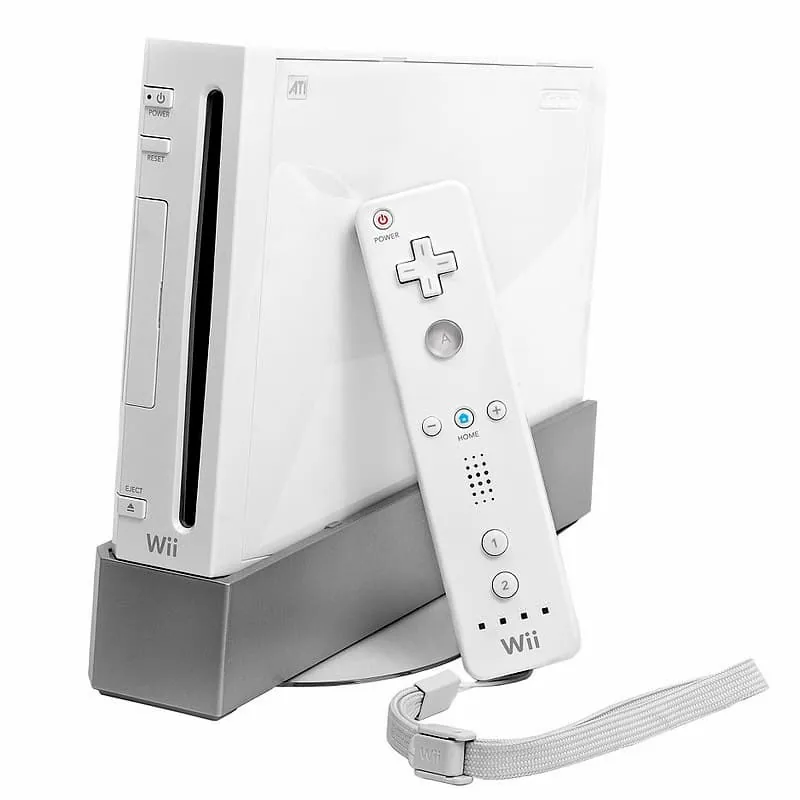
Realizing it could not win in raw power, Nintendo pivoted. In 2006, the Wii focused on motion controls and family-friendly gameplay, selling over 100 million units. In 2017, Nintendo released the Switch, a hybrid handheld-home console. By early 2025, the Switch had sold over 140 million units — the most successful Nintendo console ever.
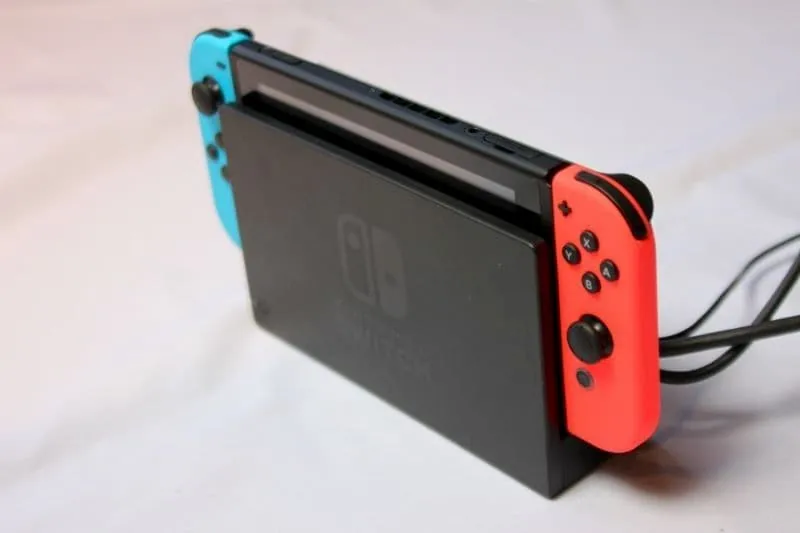
Nintendo’s lesson was clear: innovation isn’t just about horsepower, but about understanding who plays and how.
IX. Microsoft Joins the Fight: The Xbox Gamble
After the first-generation PlayStation became a huge hit in the U.S., Microsoft founder Bill Gates grew very concerned that users might lose interest in desktop PCs because of game consoles, which could negatively impact PC sales. Moreover, the underlying architecture of consoles was actually similar to PCs, and the CPUs were general-purpose. If Sony were to release general-purpose programs on their console, it could directly compete with Windows.
Microsoft reached out to Sony, hoping the company would release development tools for the Windows platform so that developers could create PlayStation games on Windows, but Sony flatly refused.
As a result, Microsoft’s DirectX development team proposed an idea: could they develop their own game console based on DirectX? DirectX is a suite of multimedia programming interfaces for Windows, perfectly suited for game development and capable of extending Windows’ multimedia capabilities. Bill Gates approved the plan, and the development team named the project DirectX Box, which was later shortened to Xbox.
The first Xbox launched in 2001, boasting a hard drive and Intel processor. Despite losses of over $4 billion and only 24 million units sold, it introduced the world to Halo, revolutionizing first-person shooters on consoles.
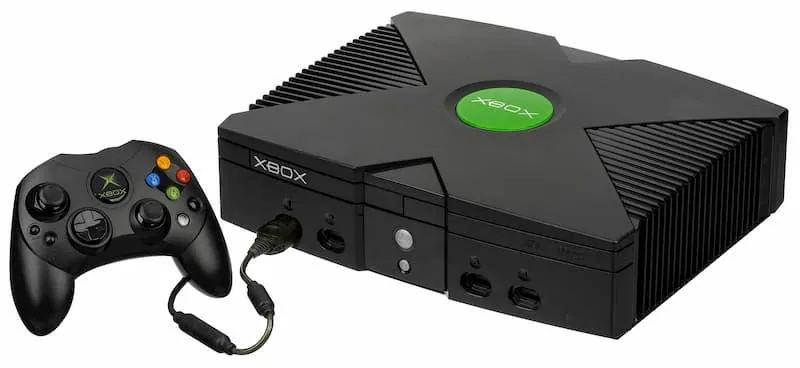
Since the PlayStation 2 was released at $299, Microsoft was forced to price the first-generation Xbox at $299 as well. However, the manufacturing cost was $425, meaning Microsoft lost $125 on each unit sold. The following year, the PlayStation 2 dropped its price to $199, and Microsoft had no choice but to follow suit.
The first-generation Xbox sold 24 million units, resulting in a cumulative loss of $4 billion for Microsoft, and the company did not break even until 2004. Fortunately, this financial hit was not a huge burden for Microsoft; securing a foothold in the gaming console market was the most important outcome.
The Xbox 360 (2005) gave Microsoft its first foothold, selling 84 million units despite the notorious “Red Ring of Death” defect. The Xbox One (2013), however, stumbled against the PS4.
But Microsoft regrouped, pivoting toward services like Xbox Game Pass, laying the foundation for a new kind of competition.
X. PS4 vs. Xbox One: The Service Era
Entering the 21st century, the market for consoles capable of running large-scale games was dominated by just PlayStation and Xbox, backed by the multimedia giant Sony and software giant Microsoft, respectively. Other companies, even if they wanted to enter, simply lacked the resources.
Microsoft was the first to release the second-generation Xbox, the Xbox 360, at the end of 2005. Its biggest selling point was the ability to take games running at 720p—the mainstream resolution at the time—and use interpolation to output them as 1080p high-definition video.
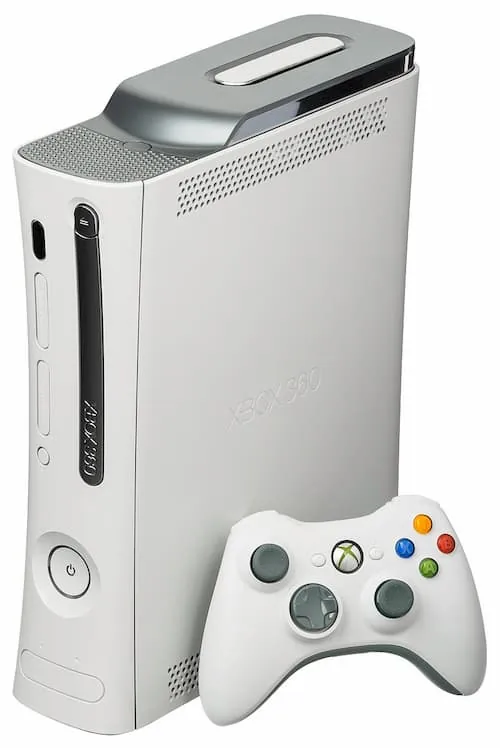
At the end of the following year (2006), Sony released the PlayStation 3. Its main selling point was a built-in Blu-ray disc player, although at the time there were no Blu-ray games or movies available. Moreover, due to the use of new technology, the high-end version of the PlayStation 3 was priced at $599, compared to the Xbox 360 at $399, so the PlayStation 3’s market reception was weaker than that of the Xbox 360.
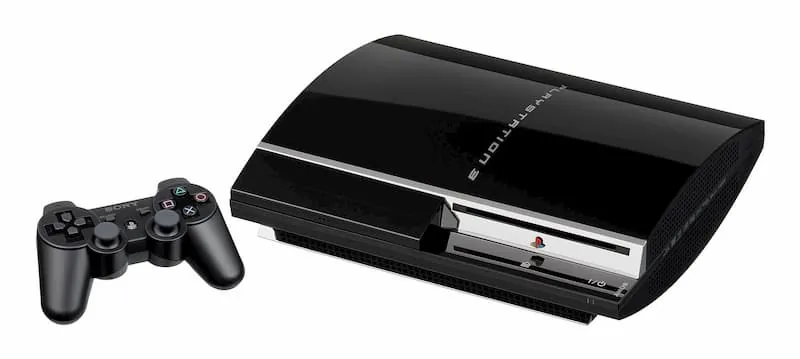
Released in 2013, the PlayStation 4 won the generation with superior performance and acclaimed exclusives like God of War, The Last of Us, and Spider-Man, selling over 120 million units.
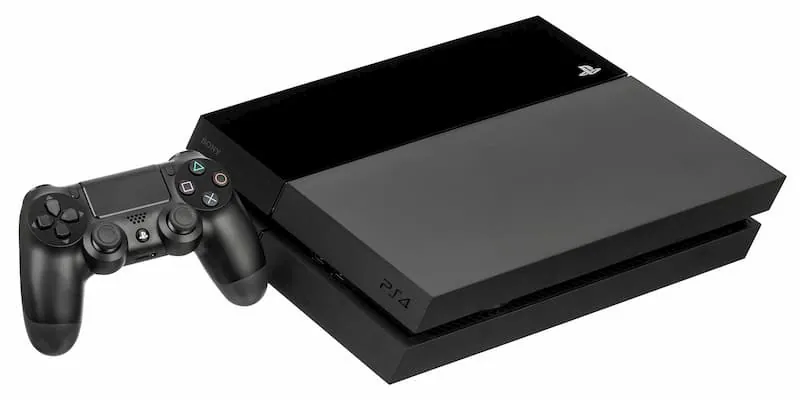
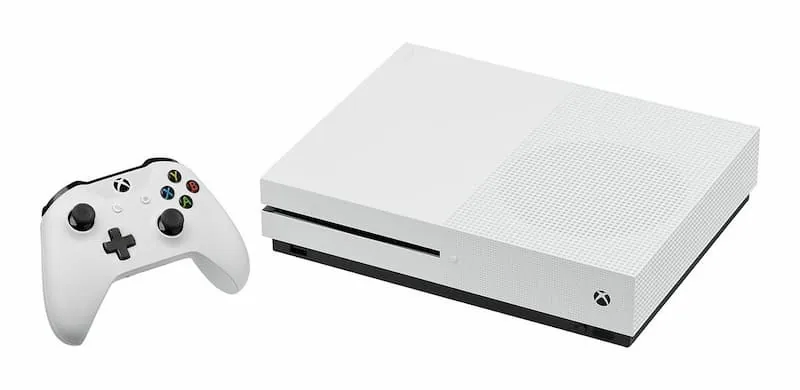
Microsoft countered with Game Pass, a subscription that gave players access to hundreds of titles — including new first-party releases from day one. Hailed as “Netflix for games,” it transformed how players consumed content.
In 2020, the PS5 and Xbox Series X|S pushed immersion further with ray tracing, 4K/120Hz support, and near-instant SSD loading. By 2025, the PS5 has sold over 60 million units, while Xbox continues to grow through its service-driven model.
XI. Cloud Gaming: The Future?
Despite console advancements, barriers remain: expensive hardware, long downloads, and fragmented ecosystems.
In 2019, Google attempted to solve this with Stadia, a fully cloud-based platform streaming games to any device. But latency, weak game selection, and poor business planning doomed the service, which shut down in 2023.
The dream, however, lives on. Microsoft’s xCloud (integrated with Game Pass), Sony’s PlayStation Plus Premium, and NVIDIA’s GeForce Now continue to evolve. With 5G and edge computing, cloud gaming is becoming a practical supplement to traditional consoles. Apple’s Arcade and Amazon’s Luna are also exploring lighter, subscription-driven models.
Games Redefining the World
From the Magnavox Odyssey in 1972 to cloud platforms in 2025, consoles have evolved over half a century into much more than machines. They are crucibles of technology, culture, and creativity.
Today, gaming drives advancements in AI, graphics, and human-computer interaction. It builds global communities, tells stories rivaling film and literature, and even supports education, healthcare, and military training.
For those of us who grew up with these consoles, they embody more than pixels and processors — they carry our youth, friendships, and dreams.
What lies ahead? Perhaps one day, we won’t need consoles at all — just a VR headset to enter seamless virtual worlds. But the essence of gaming — the pursuit of freedom, imagination, and joy — will remain timeless.
Because at its core, gaming is humanity’s eternal longing for exploration and creativity.
Written in October 2025 — in tribute to all game developers and every player who ever pressed “Start.”






